Life is hard. Between parenting, work, family and friends, volunteer work, and maybe even caring for aging parents, our plates are full. For the past few years, life seems even harder. We’ve had pandemic stress, rising food prices, and global tension in many places of the world. You may have heard the term “burnout” But what exactly is burnout? Can kids get burnt out too? And how can you prevent it without adding more to your already long to-do list?
The APA (American Psychological Association) broadly defines burnout as the state of being physically, emotionally, or mentally exhausted, often due to high levels of stress, and accompanied by decreased motivation, increased negativity, and lowered performance. It’s frequently associated with working long and stressful jobs, but work isn’t the only life event that can trigger these feelings.
Adult burnout can be caused by a variety of things like being a primary caretaker, having a child with a disability or illness, financial concerns, lack of support with caregiving, working a full time job while raising kids, and a lifestyle that is overbooked, overscheduled and overstressed.
In adults burnout manifests as anxiety, irritability, anger, exhaustion, feelings of overwhelm, hopelessness, depression, and possibly even thoughts of suicide.
Thankfully, there has been an increase in resources designed to help adults navigate their burnout, and how to prevent it in the future. But what’s much less talked about, is that kids can experience burnout, too.
For kids, burnout can be triggered by the demands of schoolwork, extra-curricular activities, and having limited time to recharge. The signs of burnout can be harder to spot in kids, but if you know what to look for, you can catch it quicker.
Although no parent wants their child to be experiencing burnout, there is good news: meditation is a clinically proven way to reduce stress. And the best part? Meditation and mindfulness can be done virtually anywhere, so it can be practiced whenever and wherever feelings of burnout take place.
Although no parent wants their child to be experiencing burnout, there is good news: meditation is a clinically proven way to reduce stress. And the best part? Meditation and mindfulness can be done virtually anywhere, so it can be practiced whenever and wherever feelings of burnout take place.
Circling back to the broad definition of burnout, burnout is typically linked to high amounts of stress, with little time to recharge. This is where meditation and mindfulness come into play.
Burnout typically involves a lot of self-judgment and negativity (see #2 above) and meditation has been linked to decreasing self-judgment, and improving overall emotional regulation. Meditation also helps increase self-compassion, another important piece of the metaphorical “self-judgment” puzzle when it comes to stopping burnout.
The very practices of meditation and mindfulness require taking time to rest and recharge in a way that is truly beneficial, rather than mindlessly scrolling on social media, or binge watching a TV series. When a child builds meditation into their daily routine, they are effectively prioritizing time for themselves, and time where they can just be.
Even 5 minutes of daily meditation can reduce negative affect, a practice now commonly known as micro meditation. When building meditation into a daily routine, it’s important to ask your child what they need. For example, they might say they feel stressed on the schoolbus, have trouble falling asleep at night, or simply need help learning healthy ways to relax. Once you have a baseline, you can implement daily breathwork, calming bedtime stories, or guided story meditations. It’s all about what is going to help your child feel better, inside and out.
Wee Meditate is an all-in-one platform that teaches children meditation and mindfulness skills that transfer over to their everyday life. Set in a storybook world, our content is centered around representative characters that learn to meditate along with your child. From micro-meditation practices, to guided and bedtime stories, Wee Meditate has content that fits your child’s needs.
Try for free or sign up to get started!

